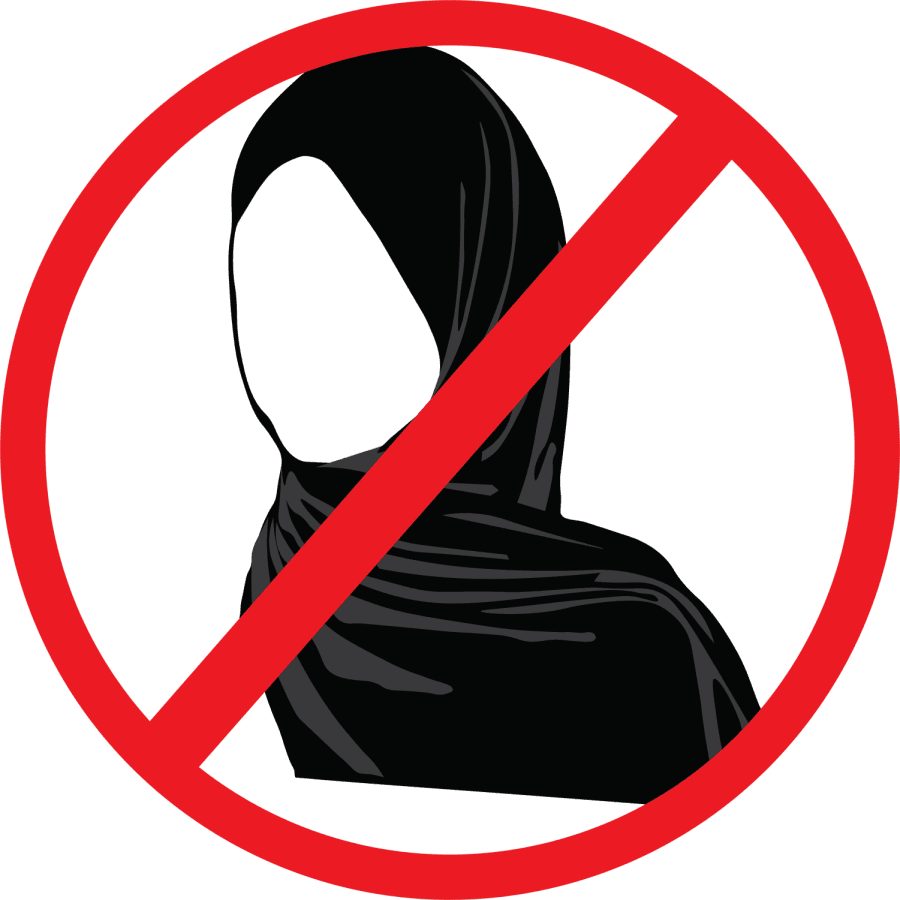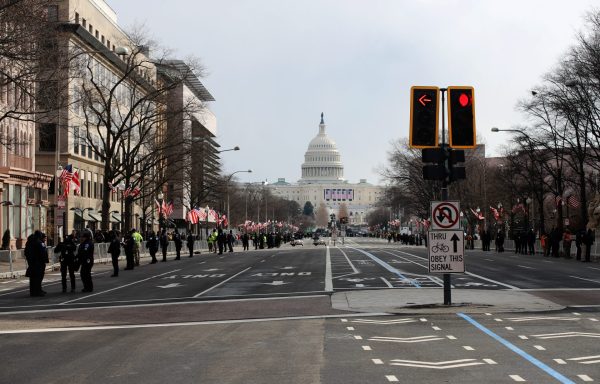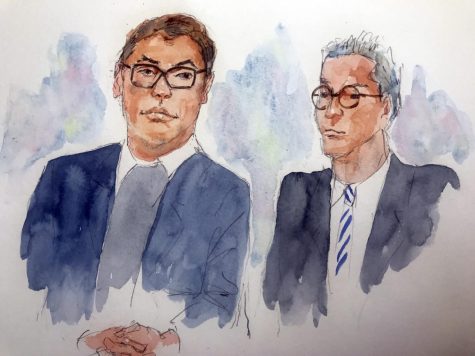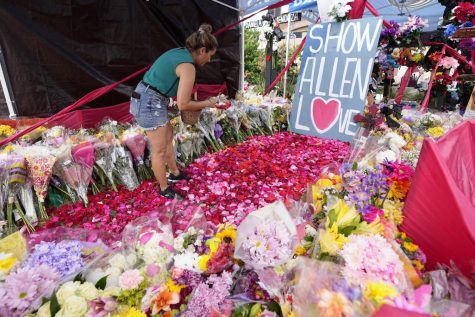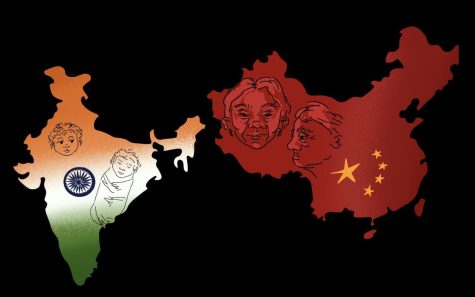Leaving the headscarf behind
Protests continue in Iran surrounding hijab laws
It appears to have started with Vida Movahed, a 31-year-old Iranian woman: Standing on a utility box on a busy street corner in Tehran, she quietly waved her headscarf as if it were a white flag while her long hair flowed behind her.
This protest against Iran’s compulsory hijab laws quickly sparked a social media movement around the hashtag “Girls of Enghelab Street,” inspiring other women to commit similar acts; “Enghelab” means revolution in Farsi, the official language of Iran, and it is also the name of the street where Movahed’s silent protest went viral to millions of people around the world.
The new wave of protests are not the first to come to Iran. In January, thousands of people took to the streets to voice concerns over Iran’s economic problems and austerity measures proposed by Iranian President Hassan Rouhani. Men and women protested the nation’s unemployment rate and the increased cost of basic goods, and while there were arrests in the wake of the protests, the government eventually conceded that some protesters had legitimate grievances with the state of the Iranian economy.
Those concessions haven’t necessarily carried over to the women in the “Girls of Revolution Street” movement. On Thursday, a woman who took off her headscarf in public was sentenced to two years in prison, despite Tehran’s police chief saying in December that he would no longer make such arrests.
More than 30 women have been arrested for such protests since December, though many have since been fined and released.
Sentences for dress code violations typically involve a few hundred dollars in fines and a couple months in jail, though human rights watchdogs warn that beatings and inhumane prison conditions are common.
Masih Alinejad, an Iranian journalist and activist who supports the movement and who has created her own dress code-protest campaigns, told the Canadian Broadcasting Corporation in February that this is the first time since the 1979 Iranian Revolution that women are “taking to the street and putting themselves in danger.”
“They know that this a punishable crime, and they want to (be) heard,” Alinejad said in the interview.
Alinejad has also taken issue with Western political leaders who wear the hijab when they visit, saying in the same interview that “by obeying compulsory hijab, they are allowing the Iranian government to put more pressure on these women inside Iran.”
Supporters of the movement argue that it is more political than religious – a desire for increased autonomy and agency in a time when Iran and Saudi Arabia are the only two Middle Eastern countries with compulsory hijab laws on the books.
The laws requiring the hijab started going into effect in the wake of the 1978-9 Iranian Revolution when revolutionary leader Ayatollah Ruhollah Khomeini mandated a dress code for women based on a strict interpretation of Islamic law; they later became mandatory for all women in Iran, regardless of religion, in the ’80s. Critics say the laws, which additionally required women to wear loose clothing covering down to their legs, were motivated by the new regime’s desire to control the populace through a forced show of symbolic patriotism and solidarity.
Hussein sympathizes with the women protesters, and she also sees a flaw in the broader movement of Western feminists who have been reluctant to support the protests for fear of invoking Islamophobia.
“Women in the West aren’t speaking out about Saudi (Arabia), so they’re not expected to speak out against Iran,” Hussein said.
Izzia Maali, a 65-year-old Muslim woman and Chicago-area machine operator who wears the hijab, says the crux of the issue is the fact that women have no freedom in the country – from the way they are told to dress to the way in which men often have legal control over their lives.
“A long time ago, it used to be that Iran was No. 1 in the Middle East because the Shah of Iran let (women) do anything they wanted. It was real good over there. But since 1979, when the Ayatollah Khomeini came, he turned it upside down,” Maali said.
In 2017, for example, Human Rights Watch released a report saying that women are marginalized not only politically but economically as well, constituting only 16 percent of Iran’s workforce and having an unemployment rate that is twice that of men.
But not everyone agrees.
An 86-year-old Muslim man, who did not want to be named, says he believes that women in Iran face no more disadvantages than anywhere else in the world.
“Those people who are protesting were Westernized during the years of the Shah,” he said. “During the Shah’s time, a lot of people became secular … but women have to have the headscarves because their hair is part of their sexuality, and no man should see any part of a woman’s sexuality except her husband.”
Muslim women in Middle Eastern nations without compulsory dress code laws wear the hijab because they know it is part of their religion, he said, adding that in his view, Iran has been unfairly singled out by propagandists.
While the protests over economic conditions seem to have subsided for the moment, the social media campaigns and hashtags continue – despite many social media apps being banned in Iran. Through pictures and videos on Telegram and elsewhere, women are continuing to protest for the freedom to choose not just what they want to wear, but how they wish to be heard.


